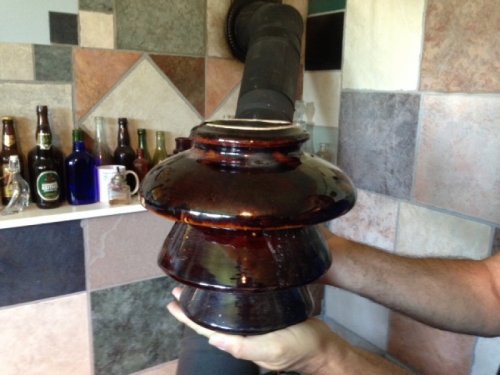deenodean
Well-Known Member
Anyone know the approximate age of this? If it is as old as I was told it is then there is a story from where it came from.The word THOMAS is embossed on the top. It must weigh about 25 lbs. [attachment=photo 1.JPG] [attachment=photo 2.JPG] [attachment=photo 3.JPG]



